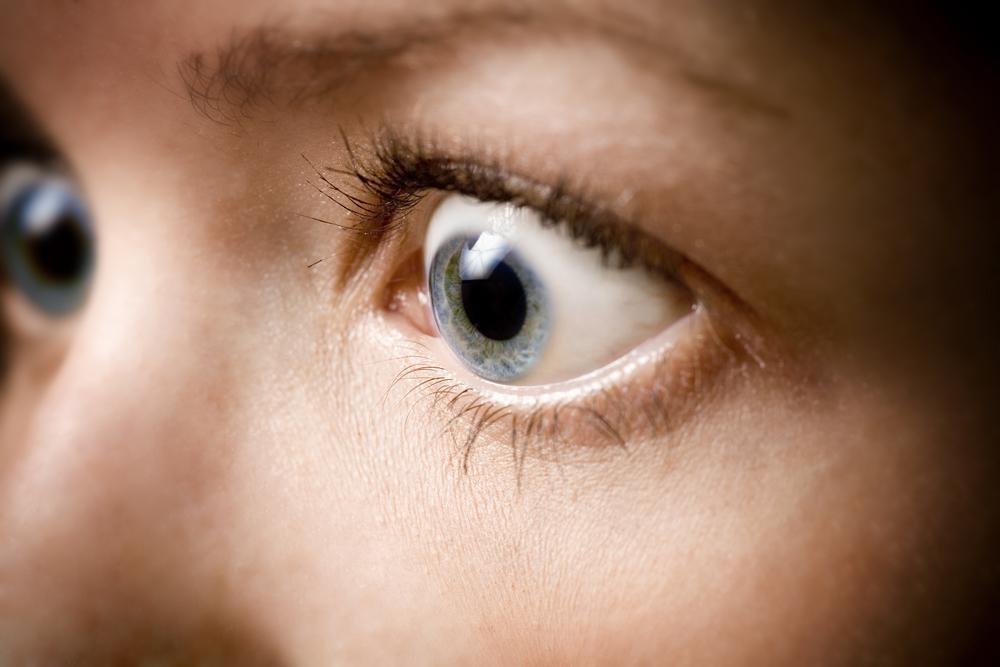Getting cataracts is one of the leading causes of vision loss in the United States. What many people don’t know, though, is that catching the condition early can help prevent blindness.
In this blog, the health specialists at Tayani Institute discuss what the condition is and how catching it early can help save your vision.
Benefits of catching cataracts early
A cataract develops when proteins in the lens of the eye clump together, blocking light from coming into the eye. Cataracts often develop slowly, and they can affect one or both eyes. Although cataracts can happen at any age, they typically happen in later years.
In fact, an estimated 50% of all Americans age 80 and older have cataracts or have had them removed. There are a number of benefits to catching the condition early. They include the following:
Helps prevent vision loss
When you see something, a process takes place. As light reflects off an image, the lenses in your eyes receive the light, bending and focusing it. Your retinas then take the information and transmit it to the optic nerves for the brain to receive.
When you have a cataract, it partially blocks the light from coming into your eye by clouding the normally clear lens. This alters the quality of the image that gets transmitted. If the condition is left untreated, it can result in blindness.
Maximizes your quality of life
The earlier your eye doctor catches and treats your cataract, the quicker you can get back to leading a full, productive life. If your cataract progresses, you may find it difficult to drive at night due to excessive glare or from seeing halos around headlights and bright lights.
Furthermore, reading and other everyday activities can become increasingly difficult. Catching cataracts early can help you live an independent and full life.
Changes to look out for
If you notice any of the following changes, you should talk with your eye doctor right away:
- Excessive glare
- Seeing halos around headlights and bright lights, especially when driving at night
- A general dullness in colors
- Continuous changes in prescription eyeglasses
Monitor vision changes through regular checkups
In order to diagnose cataracts, monitor it, and get treatment, you need to track vision changes by going to your eye doctor regularly. Age-related cataracts typically develop slowly, so even if cataracts are detected in your 40s, you may not need surgical treatment until you’re in your 60s or 70s.
In the beginning stages of the condition, prescription eyeglasses or contact lenses, as well as polarized sunglasses, may help with symptoms, such as blurriness and increased sensitivity to light.
Cataract surgery
When the condition interferes with your daily activities and impacts your quality of life, the team at Tayani Institute will likely recommend cataract surgery. Cataract surgery is one of the most common surgeries in the United States.
The National Eye Institute reports that an estimated 90% of all patients who have had cataract surgery have gained improved vision. Furthermore, surgical innovations have greatly reduced recovery time. For instance, doctors at the Tayani Institute perform bladeless cataract surgery using the LenSx® femtosecond laser system. They are the only surgery facility in South Orange County that implements this cutting-edge technology, which results in cleaner incisions and more efficient surgeries.
If you’ve noticed changes in your vision or are concerned about cataracts, contact the Tayani Institute for a comprehensive vision examination. We have multiple locations throughout Southern California. To learn more, book an appointment online or over the phone today.


